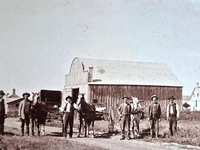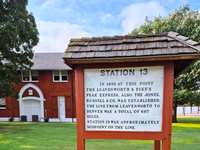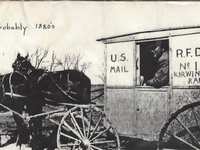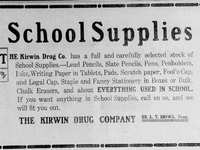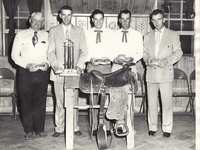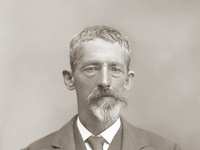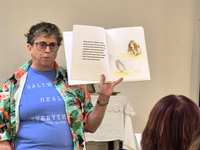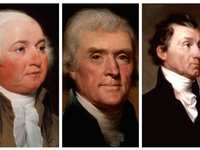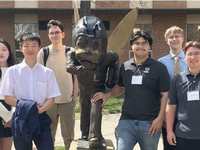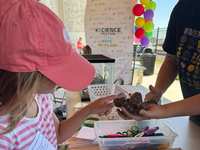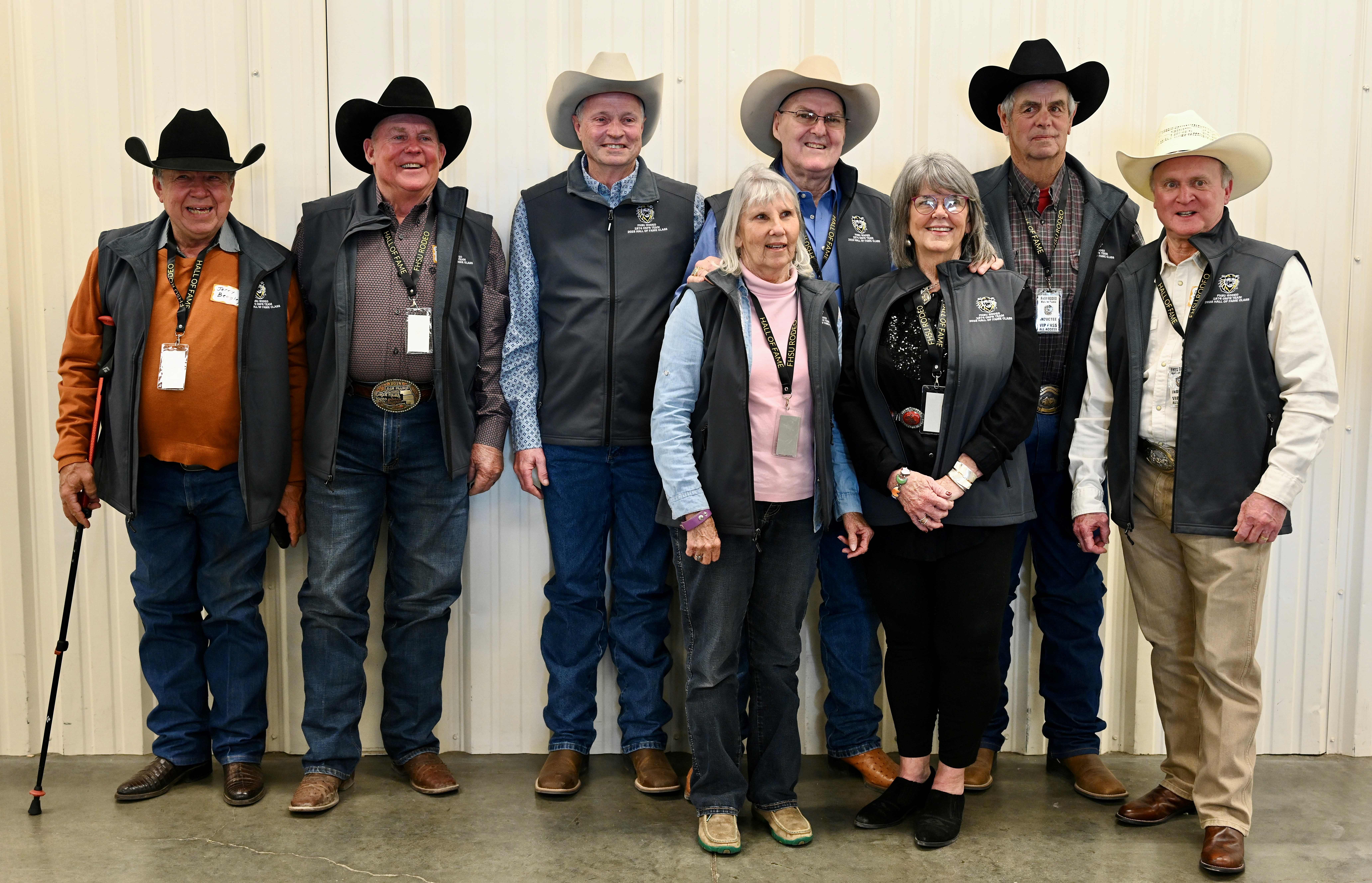- Sections :
- More
The Bissell Buzz (9-17-25)
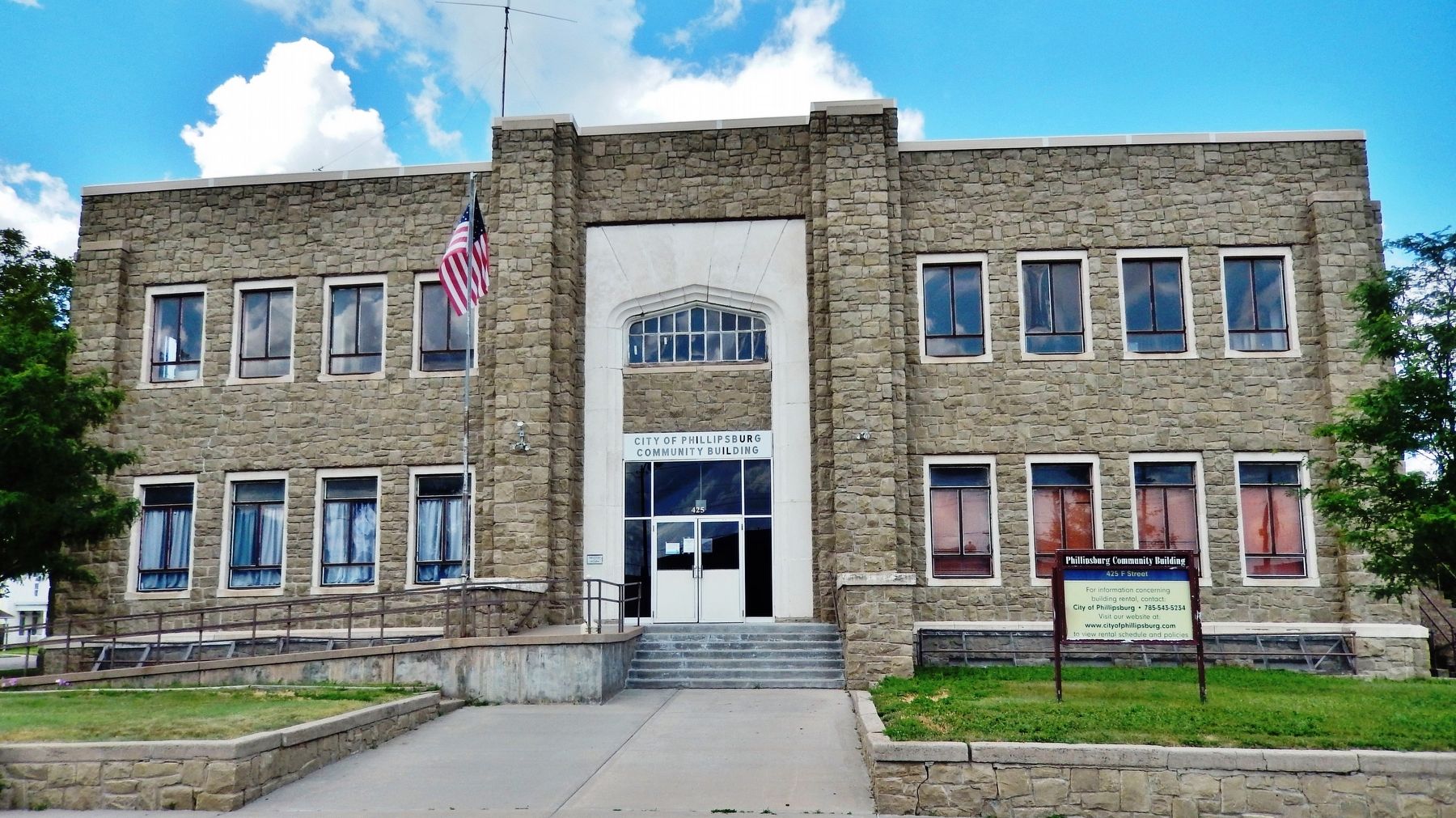
Bissell Buzz
The generation that lived through the Great Depression is growing smaller by the day to tell us what it really was like. I don’t think we will ever know what they went through. Kansas was particularly hard hit, as severe economic hardship coincided with the Dust Bowl’s devastating drought and dust storms, creating a double dose of misery. Farmers faced plummeting prices and crop failures, forcing many to leave their land, while businesses closed and unemployment rose. Ironically, 1931 produced a record wheat crop, but this led to lower prices, forcing farmers to cultivate more land and exacerbating the economic downturn when combined with the onset of drought in the early 1930s. Kansans demonstrated resilience by participating in work relief projects, transforming adversity into opportunity, and finding strength in community and family, with the coming of rains in 1939 marking the end of the crisis.
The Works Progress Administration (WPA; from 1935 to 1939, then known as the Work Projects Administration from 1939 to 1943) was an American New Deal agency that employed millions of jobseekers - mostly men who were not formally educated - to carry out public works projects, including the construction of public buildings and roads. It was set up on May 6, 1935, by presidential order of Franklin Rooseveldt, as a key part of the Second New Deal.
The WPA's first appropriation in 1935 was $4.9 billion (about $15 per person in the U.S., around 6.7 percent of the 1935 GDP). Headed by Harry Hopkins, the WPA supplied paid jobs to the unemployed during the Great Depression, while building up the public infrastructure of the US, such as parks, schools, roads, and drains. Most of the jobs were in construction, building more than 620,000 miles (1,000,000 km) of streets and over 10,000 bridges, in addition to many airports and much housing. In 1942, the WPA played a key role in both building and staffing concentration camps to incarcerate Japanese Americans.
At its peak in 1938, it supplied paid jobs for three million unemployed men and women, as well as youth in a separate division, the National Youth Administration. Between 1935 and 1943, the WPA employed 8.5 million people, which equaled about half the population of New York. Hourly wages were typically kept well below industry standards. Full employment, which was reached in 1942 and appeared as a long-term national goal around 1944, was not the goal of the WPA; rather, it tried to supply one paid job for all families in which the breadwinner suffered long-term unemployment.
Today in Phillipsburg we have the Community Building, listed on the National Historical Register, which is an example of such a project. It was built in 1936-1937, with a local newspaper reporting the project to be "the biggest WPA project in the sixth district, involving an expenditure of $107,205, exclusive of the rock quarrying project to provide building stone." Local architect Owassa J. Jennings worked on the project, while Dr. Guy Innes served as the project superintendent, and H.C. Townsend the foreman.
74 men worked to quarry limestone in November of 1935 at the quarry south of Glade, Kansas. A crew of 58 men began excavating at the building site in February of 1936 and construction of the 9,200-plus square foot building began March 24, 1936. The community building was formally dedicated on Tuesday, October 26, 1937.
Another WPA project, though much smaller by comparison, was the bridge across Plotner Creek at the Fort Bissell Arena, which was completed in 1940 and also carries a marker similar to the one at the Community Building.
World War II ended the Great Depression in the United States by stimulating industrial production and creating millions of jobs in defense and war-related industries, leading to a significant drop in unemployment and economic recovery. The war's demands for massive production pulled the nation out of the prolonged economic downturn, though New Deal programs had provided some relief and recovery prior to the war's start. WWII may have brought an end to the Great Depression, but it brought about a misery of a different nature.
On Saturday we hosted 15 Girl Scouts for the day, where they had a variety of experiences, including Larry Stones in the Critter Cabin and an introduction to Cowboy Fast Draw Shooting with our own Kansas Belle and Shady Lady guiding them. They made butter, ice cream and painted feathers to make a pretty individualized hair accessory. We had blacksmiths out in the shop demonstrating their skills and there was also a demonstration how to prepare bread dough. The day ended with them dressing up for photos and then after a fire safety lesson, making their hotdogs and smores over a campfire. We want to thank all our volunteers who made this day possible for the girls to experience this as well as the businesses who contributed items for their goodie bags.
Even though the museum is closed, please diarize the following dates, to attend one or even all of our forthcoming events in September and early October:
Night at the Museum on September 28 at 5pm
Ellis Trail to Nicodemus Movie Screening – October 5 at 2pm and 3:30PM
Untold Stories of Indian Battles in NW KS at Huck Boyd at 9am - $10 to be paid at the door to cover some of our fees. Members of the Historical Society pay half price. Refreshments will be served.
Ruby Wiehman – Curator
